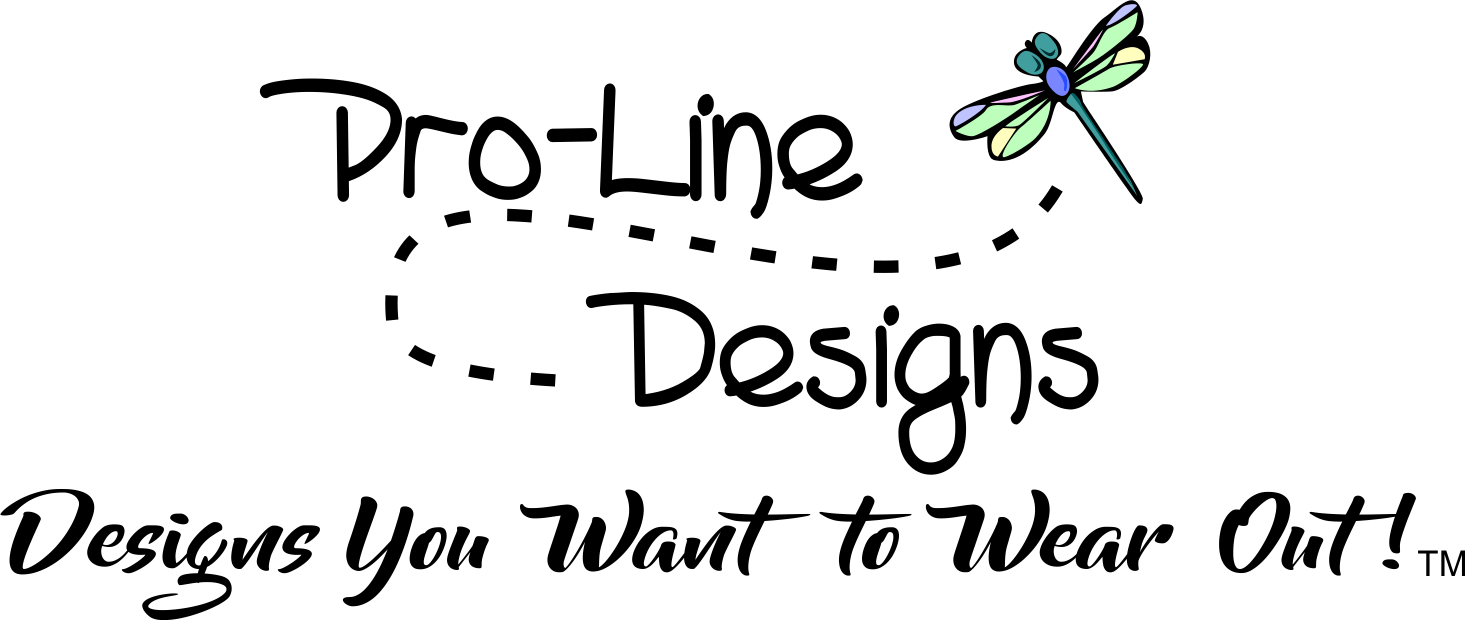Fonts - Size and Type
Font Size
Type size should always be at least 8pt
for legibility. Sizes 8 pt to 12 pt are common for print copy (letterhead,
business cards, etc):
|
6pt Text 9pt Text 16pt Text 7pt Text 10pt Text 24pt Text 8pt Text 12pt Text |
6pt Text 9pt
Text 16pt Text 7pt Text 10pt
Text 24pt Text 8pt Text 12pt Text |
When printing reversed text, such as
white on rich black or dark colors, with small type below 8-pt, you should add
a thin stroke (between .1pt to .25pt) of white (or light color) to compensate
to avoid color overlapping and filling the text:
For printing on apparel, the larger the
better. For instance, 78 pt is approximately
1” tall
78 point text
Avoid Font Substitution
Converting fonts to objects is creating
a graphic image from the font. This is done so that your type prints
precisely how you have it set. Converting fonts helps avoid any font
substitution (called "defaulting") or rasterized type (pixelated),
which will happen if another computer doesn't have your exact fonts. Once you
outline your type, the color and size of the text can be modified, but you will
not be able to edit the text by typing. You should save a separate layer or
file with your original type.
|
Your Font Your Font |
R |
Printed Font Printed Font |
Converting fonts to
objects ensures your typography prints correctly, without the chance of the
font defaulting to a substituted one. It also ensures your type prints sharp
and crisp on the page, and avoids the need to rasterize type (pixelating it)
Original (Vector)
Type vs Rasterized Type
